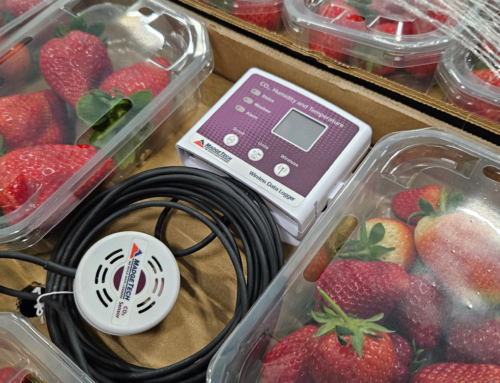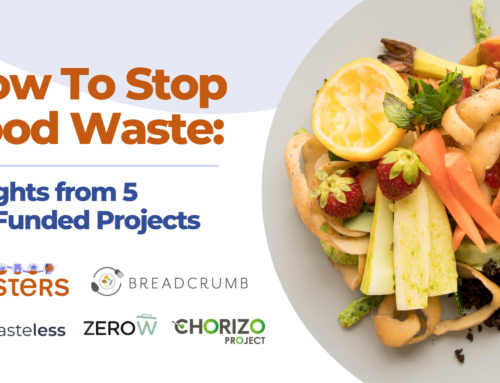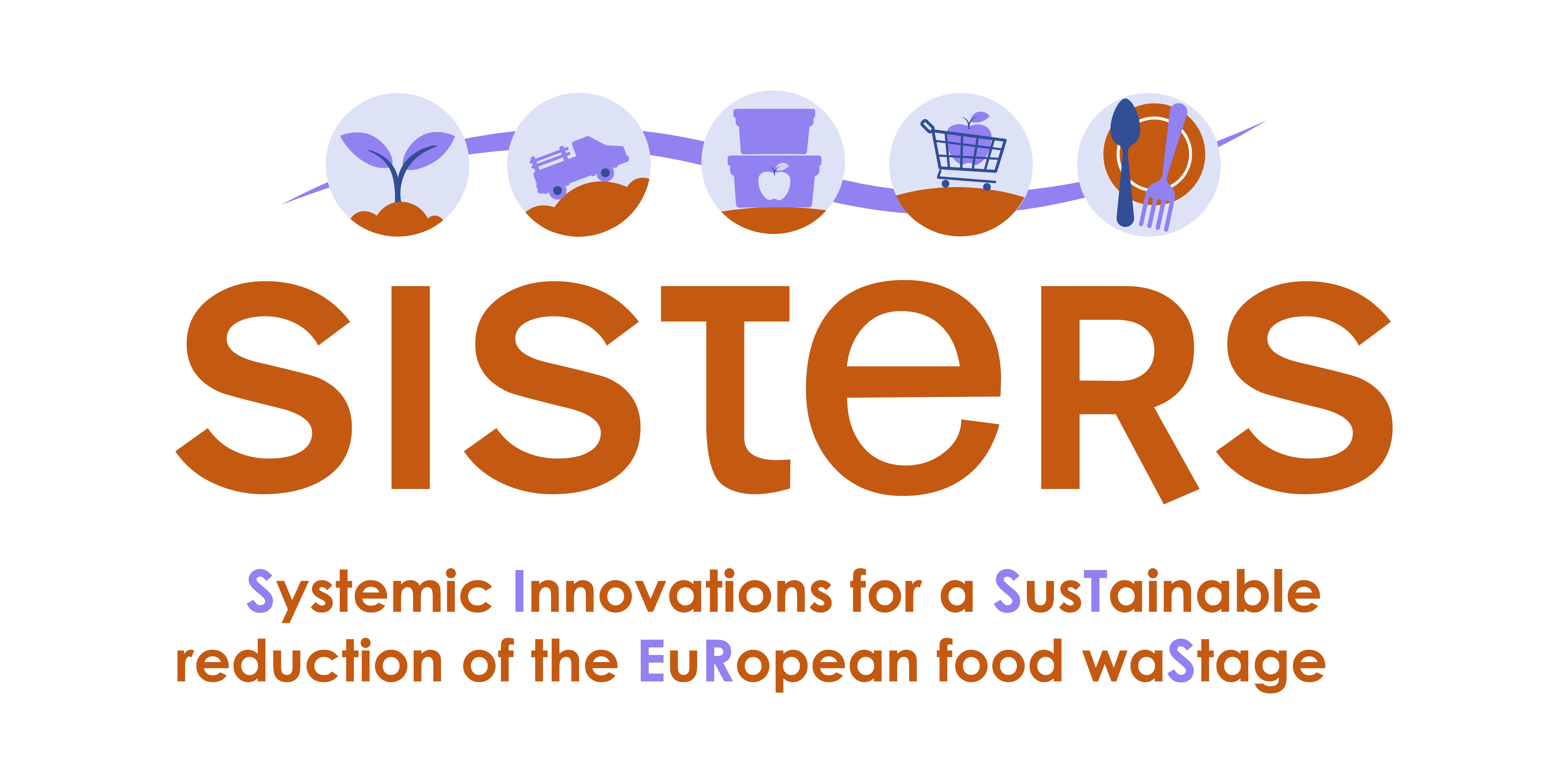
The truth behind food waste in the EU
Globally, one third of the total food production (1.3 billion tonnes) is lost or wasted every year, while in the EU, each citizen generates 131 kg of food waste per year, adding up to a total of over 58 million tonnes[1], [2].
This enormous amount of food waste not only represents a wastage and an ethical problem in a world where as many as 735 million people are undernourished, but also has severe impacts on the environment and the economy[3]: food waste and loss are estimated to generate 8-10% of the global greenhouse gas (GHG) emissions, mainly as a result of the emissions of methane (a greenhouse gas with 28 times larger global warming potential than carbon dioxide) being released from food rotting in landfills, while the amount of food wasted and/or lost in the EU has a potential market value of 132 billion euros[4], [5].
Food wastage and loss happens all across the food supply chain. However, not all the stages have the same impact. In the EU, households are the main responsible for food waste, generating 54% of the total amount, followed by manufacture (21%), primary production (9%), restaurants and food services (9%) and retail and distribution (7%)2.
Food waste and loss reduction is a key objective of the UN Sustainable Development Goals (SDGs), with SDG 12.3 aiming to halve per capita global food waste at the retail and consumer levels and reduce food losses along production and supply chains by 2030. To achieve this goal, the EU has implemented a dedicated package of policies and measures, the main one being the Farm to Fork Strategy, that involves legally binding targets to reduce food waste across the EU, a revision of EU rules on date marking (‘use by’ and ‘best before’ dates), as well as a set of actions at different levels (e.g., EU Platform on Food Losses and Food Waste, EU funded projects) that intend to support all actors in defining and implementing measures to prevent food waste.
In this context, EU projects such as SISTERS play a main role in the development, demonstration and implementation of solutions with a real impact on different stages of the food supply chain. Examples of these solutions include a short chain platform for farmers to sell their excess products (Regioneo), smart containers that prevent food spoilage during transport and logistics, active biobased food packaging, a seal of excellence for food-waste conscious retailers or extended information labels based on a QR code.
In addition to policies, measures and actions tackling all the stages of the food supply chain, it is important to note that, being the main producers of food waste, us, consumers, hold the power to severely reduce food waste and loss through our day-to-day actions. Keep this in mind next time you are thinking about discarding food leftovers or buying excess food you don’t need. Together, we can stop food waste!
–
[1] FAO. 2011. Global food losses and food waste – Extent, causes and prevention.
[2] Eurostat. 2023. Food waste and food waste prevention – estimates.
[3] FAO, IFAD, UNICEF, WFP and WHO. 2023. The State of Food Security and Nutrition in the World 2023. Urbanization, agrifood systems transformation and healthy diets across the rural–urban continuum.
[4] United Nations Environment Programme. 2024. Food Waste Index Report 2024.
[5] European Commission. 2023. COMMISSION STAFF WORKING DOCUMENTIMPACT ASSESSMENT REPORT Accompanying the document Directive of the European Parliament and of the Council amending Directive 2008/98/EC on waste






Leave A Comment